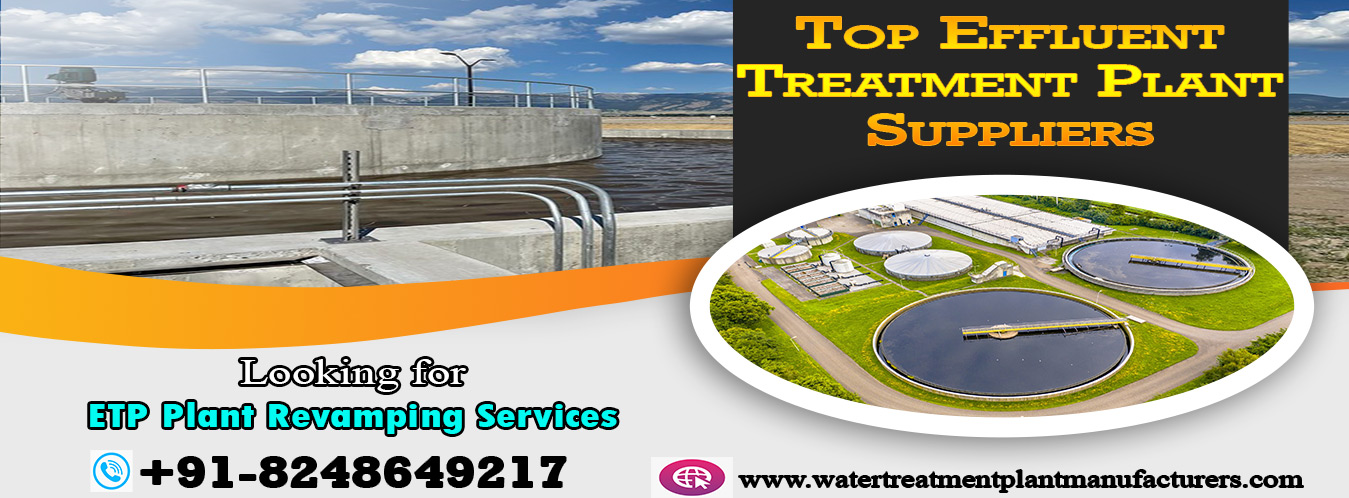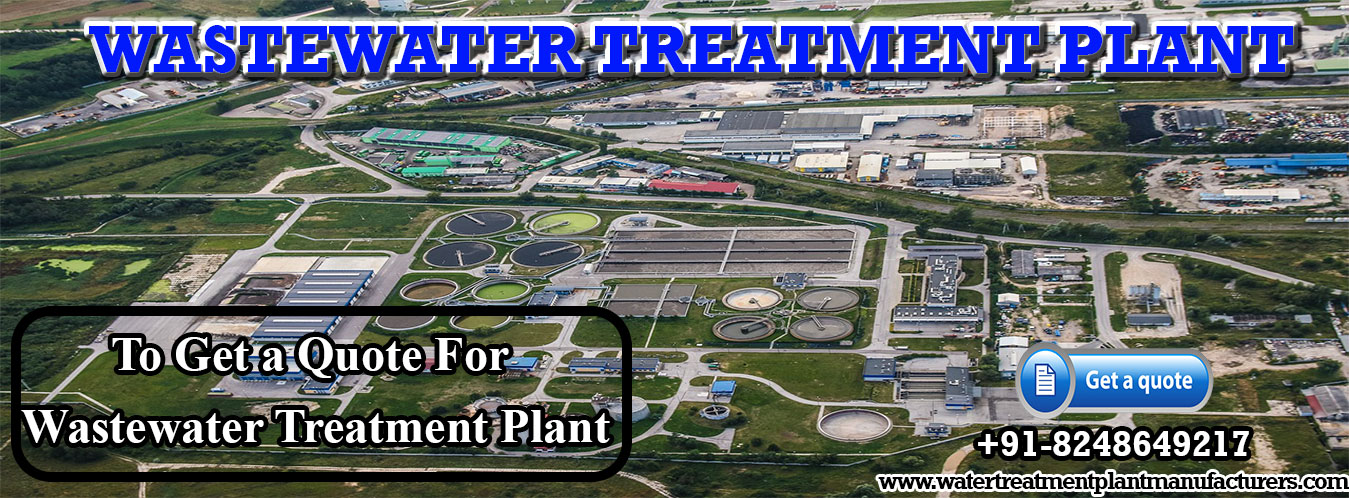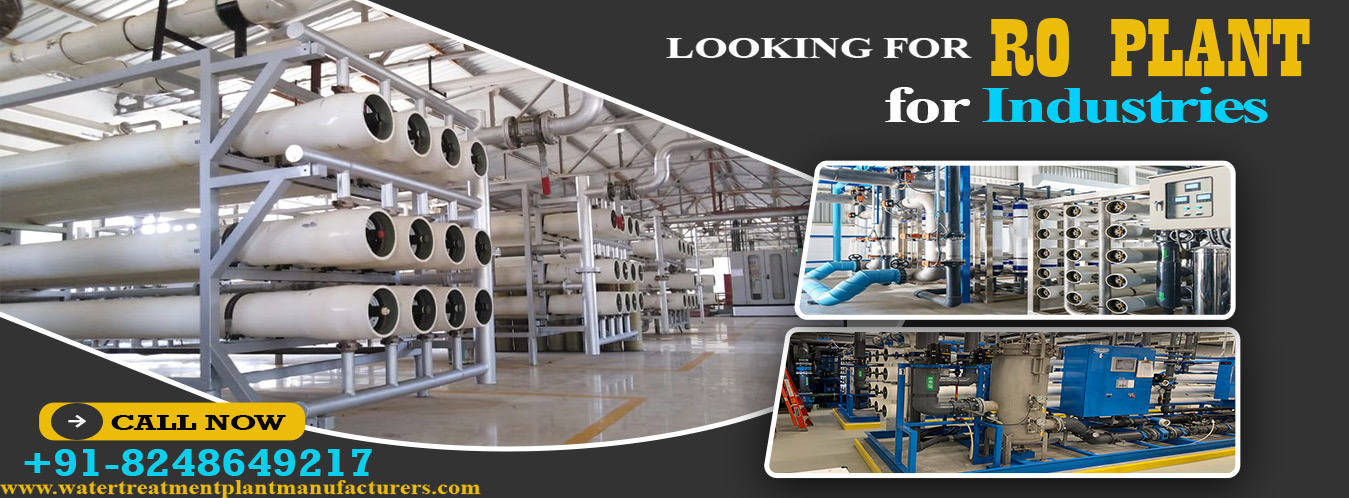
WELCOME
GJ WATER TECHNOLOGIES

WELCOME
GJ WATER TECHNOLOGIES

WELCOME
GJ WATER TECHNOLOGIES

WELCOME
GJ WATER TECHNOLOGIES
Sewage treatment plants are becoming out to be increasingly more typical all through due to the nature of the effluent that can be released from the plant, contrasted with old solutions like a septic tank. The effluent quality from a sewage treatment plant can be released directly into a conduit without causing any kind of damage or damage to the nearby climate or eco-system. This isn't true for systems like a septic tank, since, supposing that ineffectively kept a septic tank could make crude sewage be released into the ground or local watercourses.
The general construction of a sewage treatment plant doesn't vary too definitely from that of a septic tank. Similarly likewise with a septic tank, sewage streams from the property being overhauled into the principal office of the sewage treatment plant. Here, the water sits until oil, oil and refuse have drifted to the top and solids have take off the lower part of the tank.
When the process of separation has occurred, the liquid goes into a second chamber which is where sewage treatment plants vary from septic tanks. This chamber is fitted with a vacuum apparatus that flows air around the chamber to empower the growth of aerobic bacteria. This microbes assists with separating the contaminants in the water, successfully cleaning it.
The last phase of a sewage treatment plant is one final tank. This last tank allows the absolute last solids that might stay to sink to the lower part of the tank before the effluent is released into a soak away or stream.
The principal thought for anybody planning another advancement ought to get associated with mains sewers. They are commonly the most practical and solid method for managing your wastewater. However, it is not generally conceivable to get a mains sewer association. In certain situations, the separation from the closest sewer or the design of the land can make it difficult to have your property serviced by a mains sewer.
The purpose behind a sewage treatment plant is to regard the wastewater as totally as for all intents and purposes possible- and, despite the fact that such plants can frequently direct more waste than a septic tank, they will in any case require purging every once in a while. Over the long haul, slime can also build in the system, so a treatment should plant is consistently kept up with no less than one time each year or as you are advised by the installer.
Increases in the worldwide populace and urbanization have made individuals' interest for rational turn of events and use of urban underground space (UUS) progressively critical. The underground sewage treatment plant (USTP) suppose a important part in possible urbanization as a element of the UUS. By the by, issues, for example, high working expenses and large safety dangers actually confine the development of the USTP.
A sewage treatment plant is a facility that gets waste from residential, commercial, and industrial sources and removes impurities that mischief water quality and imperil general safety and security when released into getting systems or ashore. It is an assortment of unit tasks and unit systems designed to get sewage beneficial principles as per directing power effluent requirements.
Sewage treatment plants are facilities designed to treat wastewater from homegrown, commercial, and industrial sources. The treatment process includes removing impurities and poisons from the water to make it ok for release into the environment or for reuse.
Sewage treatment plants utilize chemical and biological processing to purge wastewater. At first, the strong aspects are isolated, and the microorganisms go to an organic matter breakdown. Then, at that point, filtration and sanitization guarantee the water's safety. The treated water is delivered into water bodies or reused. Strong waste goes through additional handling or is changed over into slop for safe removal.
Natural protection: Sewage treatment plants remove destructive impurities and microbes from wastewater, preventing water contamination and safeguarding biological systems.
General health advancement: By treating sewage, these plants reduce the gamble of waterborne infections, safeguarding human populations.
Resource preservation: Some sewage treatment plants empower the reuse of treated water for water system or industrial purposes, rationing freshwater resources.
Odor control: Appropriate treatment limits foul scents related with untreated sewage, further developing the surrounding air quality.
Consistence with guidelines: Sewage treatment plants guarantee adherence to ecological and safety guidelines, keeping away from legitimate issues and penalties.
Maintainable methodology: Carrying out sewage treatment plants lines up with practical improvement objectives by reducing pollution and advancing dependable resource the executives.
Seepage and wastewater treatment have been important for our way of life starting from the primary developments. In any case, there are sure underdeveloped nations that don't have such plants in the factories. Without any such plants, it would be extremely challenging to monitor the waste material and to deal with the illnesses that emerge from air and water contamination. In the end, we would have no land or collection of outstanding water that was good for human utilization and use. Accordingly, the significance of wastewater treatment plants can't be as expected emphasized.
In Primary treatment, wastewater is taken care of to a screen to eliminate all huge items that are suspended in the water. After this, the water gets into a Coarseness chamber where the Grit is taken out. Grit incorporates sand, rock, eggshells, bone chips, seeds, and different materials. Grit expulsion is important to diminish weighty stores in air circulation tanks, digester, channels, and conductors. The following stage comprises of essential settling tanks. These tanks are typically huge in size and the solids settle down because of gravity and are eliminated as slime from the base. In the mean time, the oil floats on a superficial level and is skimmed off. 50-60% of the suspended solids get taken out and a 30-40% decrease of the five-day natural oxygen request can be anticipated.
Secondary treatment is the second phase of wastewater treatment. In essential treatment, suspended solids, colloidal particles, oil, and oil are eliminated. Then second natural treatment is finished on the wastewater to eliminate the natural matter present. This treatment is performed by indigenous and aqua miniature organic entities like microbes and protozoa which devour biodegradable solvent contaminants like sugar, fat, cleanser, and food squander. These cycles are delicate to temperature and with an expansion in temperature pace of organic responses increments.
Tertiary treatment is the third phase of the sewage treatment and is otherwise called a high level treatment. Tertiary treatment eliminates the heap of nitrogen and phosphorus present in the water. It incorporates processes like filtration, particle trade, enacted carbon adsorption, electro dialysis, nitrification, and improvement. Treatment choices in tertiary treatment rely on the qualities of effluent after optional treatment and what sort of water is required toward the finish of the treatment. For instance, on the off chance that we really want consumable water, filtration and sanitization are carried out to handle wastewater.
Results of an absence of legitimate sewage treatment can be serious for the climate and for our health:
• Clean water is basic to plants and creatures that live in water. Our waterways and seas have life that relies upon clean coastlines, sea shores and swamps.
• Drinking water will be blended in with sewage. Groundwater sources will be sullied with untreated sewage, possibly contaminating other encompassing surface waters like oceans, seas, and so on.
• Dirty water can convey infection. Since we live so near water, unsafe microscopic organisms must be taken out to make water safe.
• Misuse of sustainable power. Assuming we treat sewage and reuse it for washing, floor cleaning; and so on we are saving new water. Moreover, separated strong sludge can likewise be utilized as a green manure or for biogas plants and different applications.
Gone are the days when sewage was cleared physically by the labourers. With the appearance of the most recent innovation, everything has gone particularly without a hitch. A sewage treatment plant can treat a lot of sewage rapidly, making it additional time-effective. Aside from this now, wastewater is sifted with the goal that it tends to be reused for different purposes.
Do you have the origination that plants and gadgets take colossal spaces? Yet, simply relax, the sewage treatment plant consumes next to no space, and subsequently it's helpful for you to set up at your huge or a little store. They are reduced and simple to ship.
Sewage treatment plants don't have a perplexing construction for installation. They are simple to install, have low plant activities. They can be installed even over the ground and are entirely dependable.
STP's are eco-friendly. They decrease the gamble to general safety and the climate. It brings a very much demonstrated innovation to the table for dependable execution consistently. The main benefit of STP is that they protect the indigenous habitat against contamination consistently.
A Sewage Treatment Plant Renovation is a facility that gets waste from residential, commercial, and industrial sources and removes impurities that mischief water quality and imperil general safety and security when released into getting systems or ashore. It is an assortment of unit tasks and unit systems designed to get sewage beneficial principles as per directing power effluent requirements.
Sewage Treatment Plant Revamping are facilities designed to treat wastewater from homegrown, commercial, and industrial sources. The treatment process includes removing impurities and poisons from the water to make it ok for release into the environment or for reuse.
Sewage Treatment Plant Project Consultant utilize chemical and biological processing to purge wastewater. At first, the strong aspects are isolated, and the microorganisms go to an organic matter breakdown. Then, at that point, filtration and sanitization guarantee the water's safety. The treated water is delivered into water bodies or reused. Strong waste goes through additional handling or is changed over into slop for safe removal.
Natural protection: Sewage Treatment Plant Design and Construction remove destructive impurities and microbes from wastewater, preventing water contamination and safeguarding biological systems.
General health advancement: By treating STP Plant Renovation, these plants reduce the gamble of waterborne infections, safeguarding human populations.
Resource preservation: Some STP Plant Revamping empower the reuse of treated water for water system or industrial purposes, rationing freshwater resources.
Odor control: Appropriate treatment limits foul scents related with untreated sewage, further developing the surrounding air quality.
Consistence with guidelines: STP Plant Project Consultant guarantee adherence to ecological and safety guidelines, keeping away from legitimate issues and penalties.
Maintainable methodology: Carrying out STP Plant Design and Construction lines up with practical improvement objectives by reducing pollution and advancing dependable resource the executives.
Seepage and wastewater treatment have been important for our way of life starting from the primary developments. In any case, there are sure underdeveloped nations that don't have such plants in the factories. Without any Sewage Treatment Plant Renovation, it would be extremely challenging to monitor the waste material and to deal with the illnesses that emerge from air and water contamination. In the end, we would have no land or collection of outstanding water that was good for human utilization and use. Accordingly, the significance of Sewage Treatment Plant Revamping can't be as expected emphasized.
In Primary treatment, wastewater is taken care of to a screen to eliminate all huge items that are suspended in the water. After this, the water gets into a Coarseness chamber where the Grit is taken out. Grit incorporates sand, rock, eggshells, bone chips, seeds, and different materials. Grit expulsion is important to diminish weighty stores in air circulation tanks, digester, channels, and conductors. The following stage comprises of essential settling tanks. These tanks are typically huge in size and the solids settle down because of gravity and are eliminated as slime from the base. In the mean time, the oil floats on a superficial level and is skimmed off. 50-60% of the suspended solids get taken out and a 30-40% decrease of the five-day natural oxygen request can be anticipated.
Secondary treatment is the second phase of wastewater treatment. In essential treatment, suspended solids, colloidal particles, oil, and oil are eliminated. Then second natural treatment is finished on the wastewater to eliminate the natural matter present. This treatment is performed by indigenous and aqua miniature organic entities like microbes and protozoa which devour biodegradable solvent contaminants like sugar, fat, cleanser, and food squander. These cycles are delicate to temperature and with an expansion in temperature pace of organic responses increments.
Tertiary treatment is the third phase of the sewage treatment design consultant and is otherwise called a high level treatment. Tertiary treatment eliminates the heap of nitrogen and phosphorus present in the water. It incorporates processes like filtration, particle trade, enacted carbon adsorption, electro dialysis, nitrification, and improvement. Treatment choices in tertiary treatment rely on the qualities of effluent after optional treatment and what sort of water is required toward the finish of the treatment. For instance, on the off chance that we really want consumable water, filtration and sanitization are carried out to handle wastewater.
Results of an absence of legitimate sewage treatment design consultant can be serious for the climate and for our health:
• Clean water is basic to plants and creatures that live in water. Our waterways and seas have life that relies upon clean coastlines, sea shores and swamps.
• Drinking water will be blended in with sewage. Groundwater sources will be sullied with untreated sewage, possibly contaminating other encompassing surface waters like oceans, seas, and so on.
• Dirty water can convey infection. Since we live so near water, unsafe microscopic organisms must be taken out to make water safe.
• Misuse of sustainable power. Assuming we treat sewage and reuse it for washing, floor cleaning; and so on we are saving new water. Moreover, separated strong slime can likewise be utilized as a green manure or for biogas plants and different applications.
Gone are the days when sewage was cleared physically by the labourers. With the appearance of the most recent innovation, everything has gone particularly without a hitch. A sewage treatment plant design consultant can treat a lot of sewage rapidly, making it additional time-effective. Aside from this now, wastewater is sifted with the goal that it tends to be reused for different purposes.
Do you have the origination that plants and gadgets take colossal spaces? Yet, simply relax, the sewage treatment plant construction design consultant consumes next to no space, and subsequently it's helpful for you to set up at your huge or a little store. They are reduced and simple to ship.
Sewage treatment plant design consultant don't have a perplexing construction for installation. They are simple to install, have low plant activities. They can be installed even over the ground and are entirely dependable.
STP design consultant are eco-friendly. They decrease the gamble to general safety and the climate. It brings a very much demonstrated innovation to the table for dependable execution consistently. The main benefit of STP is that they protect the indigenous habitat against contamination consistently.
"There are some frequently asked questions relative to Sewage Treatment Plant".
A sewage treatment plant is a facility designed to treat and process wastewater from households, industries, and businesses to remove pollutants and contaminants before releasing the treated water into the environment.
STPs are necessary to protect the environment and public health by treating wastewater to remove harmful substances and pathogens before they are discharged into rivers, lakes, or the ocean.
STPs use a combination of physical, chemical, and biological processes to treat wastewater. These processes typically include screening, primary treatment, secondary treatment, and sometimes tertiary treatment to remove solids, organic matter, and pollutants.
Solid waste, often referred to as sludge, undergoes further treatment or dewatering at the STP. It can then be disposed of in landfills, incinerated, or used for beneficial purposes like fertilizer or energy production.
Yes, the treated water from STPs is generally safe for release into the environment, as it meets specific regulatory standards. The level of treatment required depends on local regulations and the receiving water body's sensitivity.
Yes, treated wastewater, often called reclaimed water or effluent, can be used for various non-potable purposes like irrigation, industrial processes, and cooling water for power plants, thus conserving freshwater resources.
While STPs are highly effective at removing a wide range of contaminants, they may not eliminate all substances entirely. Some trace contaminants may still be present in the treated water.
Sewage treatment plants are designed to reduce the environmental impact of wastewater discharge, but their ecological impact can vary. Properly operated and maintained STPs are more environmentally friendly than untreated wastewater discharges.
Well-designed and well-operated STPs are equipped with odour control systems to minimize unpleasant odours. Emissions of air pollutants are typically controlled to meet regulatory standards.
Municipalities or utilities typically own and operate sewage treatment plants. They are responsible for ensuring that the facilities function correctly and meet environmental regulations.
Individuals can help by minimizing the disposal of harmful substances like chemicals, pharmaceuticals, and non-biodegradable items into the sewer system. Reducing water usage and properly maintaining septic systems also contribute to STP efficiency.
The future of sewage treatment is likely to involve advancements in energy efficiency, automation, and the removal of emerging contaminants like pharmaceuticals and micro plastics. Additionally, more focus on water recycling and resource recovery is expected.
